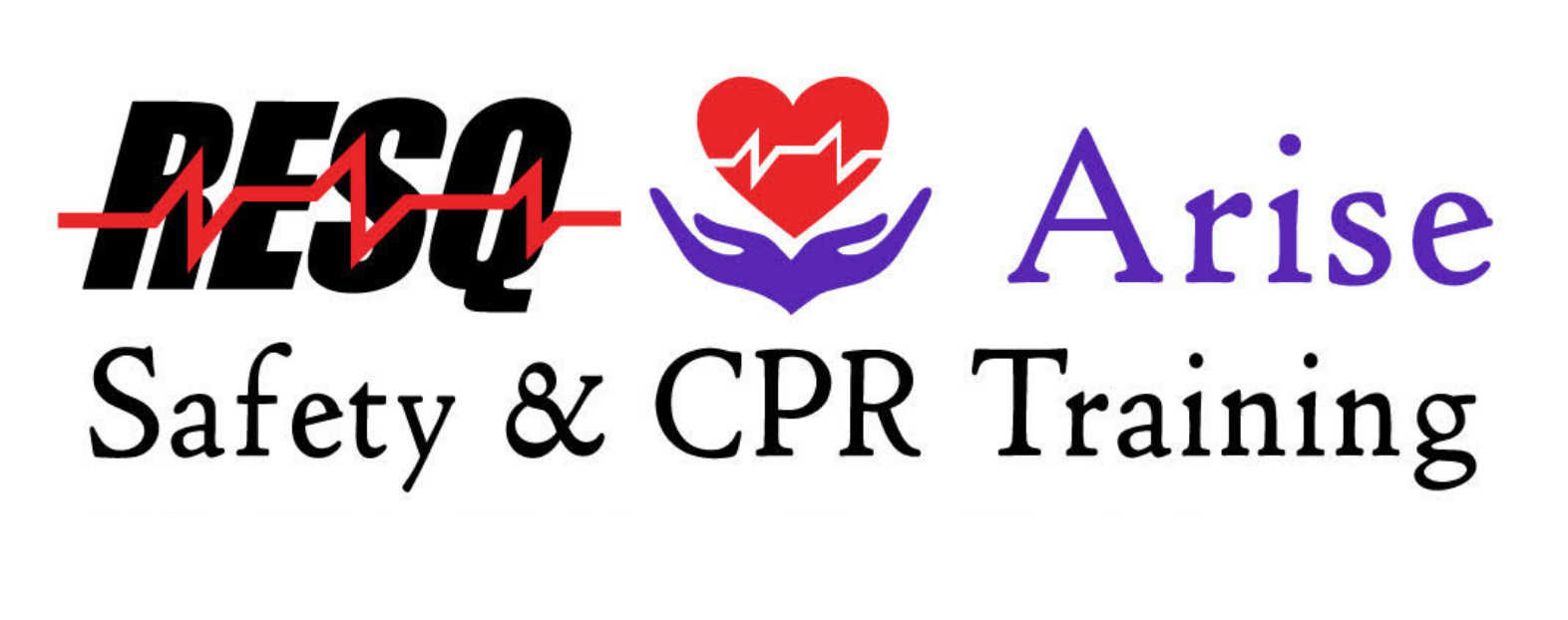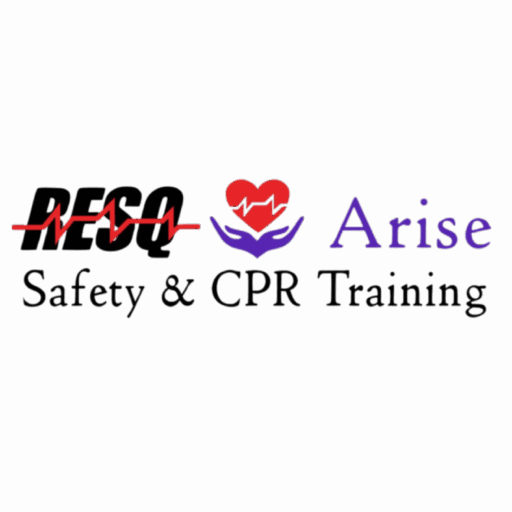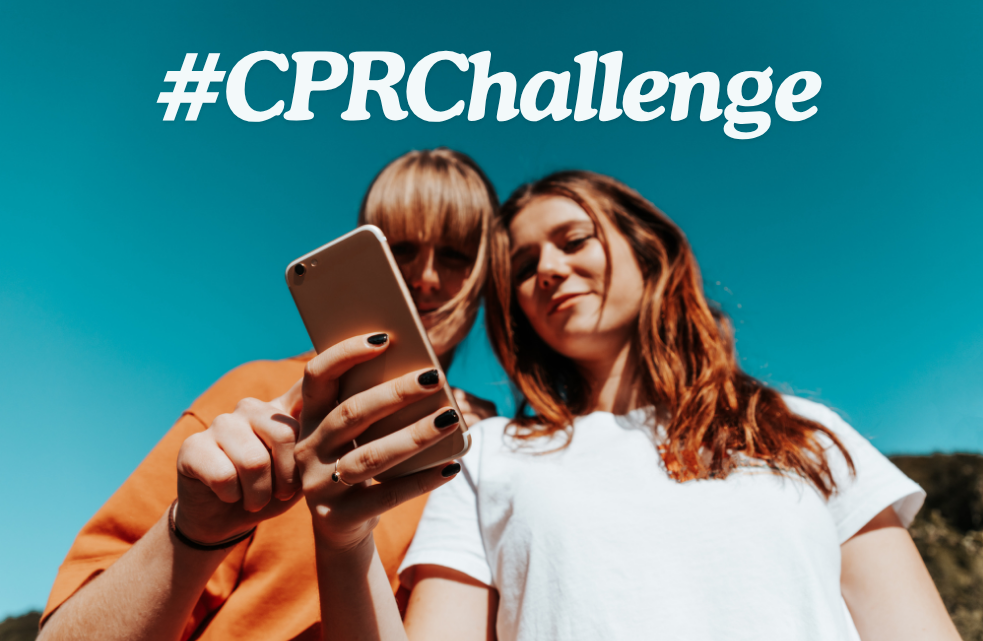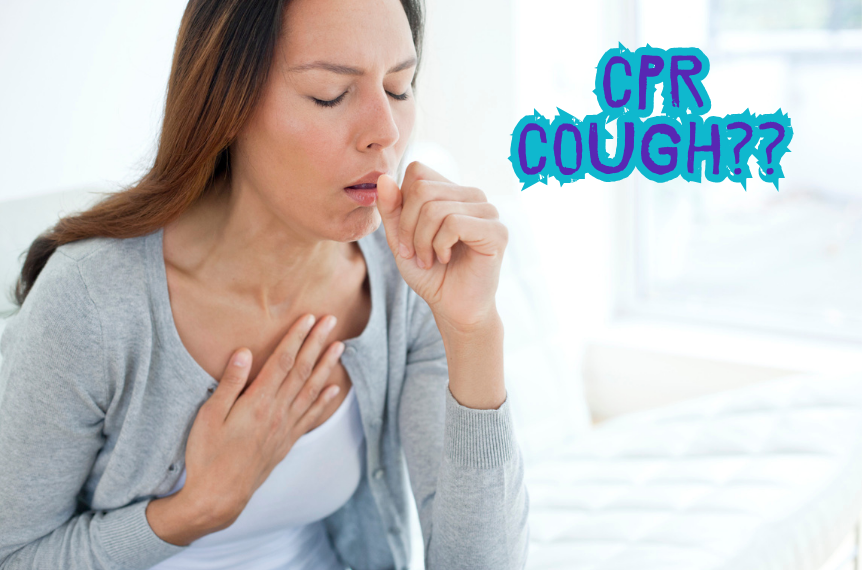CPR Challenges Are Going Viral—And They’re Saving Lives
CPR can save a life. But not everyone feels confident enough to help in an emergency.
That’s starting to change—thanks to viral CPR challenges on social media.
People on platforms like TikTok, Instagram, and Facebook are joining campaigns that teach others how to perform hands-only CPR. These posts are fun, simple, and educational. Most importantly, they’re making a real difference.
🚀 What Is the #CPRChallenge?
The #CPRChallenge is a trend where users film themselves doing hands-only CPR and then nominate friends to do the same.
It’s similar to the ice bucket challenge, but this one teaches lifesaving skills. The goal is to get more people to learn CPR—and practice it too.
Universities and health researchers found that people who joined these challenges showed better CPR knowledge and skills afterward.
🌍 What Is “World Restart a Heart”?
Another global effort is World Restart a Heart. It happens every October and promotes CPR awareness worldwide.
During this campaign, you might see:
-
CPR demo videos on TikTok and Instagram Reels
-
Schools hosting CPR drills
-
EMS and fire departments posting fun training videos
These posts make first aid training feel less scary and more doable.
✅ Why CPR Challenges Work
There are a few reasons these social media campaigns are so effective:
-
They’re quick and easy to join.
-
They make learning CPR fun.
-
They encourage friends and families to get involved.
-
They give people confidence to step in during emergencies.
Even a short video showing the right hand placement and tempo can help someone feel ready to save a life.
💡 How You Can Join In
Want to help spread CPR awareness?
-
Learn hands-only CPR.
-
Post a short video of yourself doing it.
-
Use hashtags like #CPRChallenge and #WorldRestartAHeart.
-
Tag your friends and challenge them to learn CPR too.
If you’re a teacher, business owner, or CPR instructor, you can use these challenges in your classes, schools, or training sessions to make it more engaging.
📈 The Impact Is Real
Studies show that these challenges are more than just trends. They improve skills, boost public confidence, and increase the number of bystanders willing to give CPR.
By turning CPR into something people see every day on social media, we’re making it part of everyday life.
And that’s a good thing—because CPR saves lives.
Register for a CPR Class today: https://resqtraining.enrollware.com/schedule









